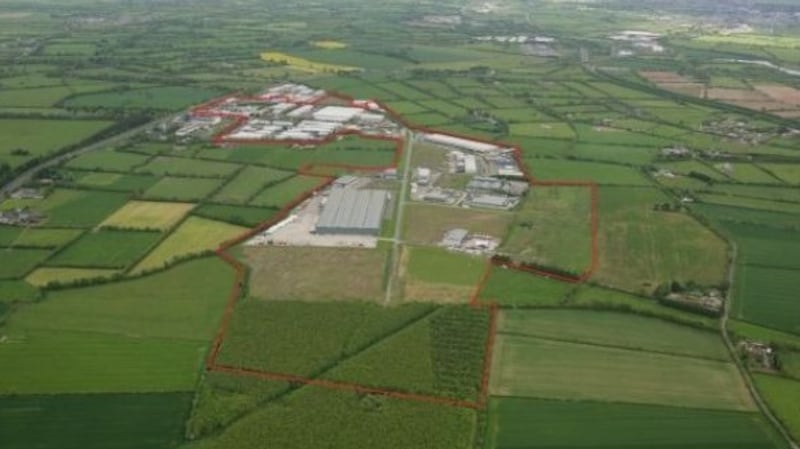The Irish industrial and logistics property sector is unrecognisable from that of the previous development cycle of the early and mid-2000s. Warehouses are now bigger, more sustainable and architecturally designed; employee health and wellness are receiving careful consideration at design stage; and new technologies such as robotics and automation are being introduced.
More importantly however, the growth in certain key areas such as e-commerce and ICT (information communication technology) has transformed the perception of industrial and logistics from a peripheral, specialist asset class into a more marketable, relatable sector, with excellent future prospects. This has led to a massive increase in investment in this area.
With traditional bank funding playing a much smaller role in the Irish market, international finance has taken centre stage, mainly via private equity companies. Initially, private equity involvement in the Irish industrial and logistics property market was limited to direct investment in existing warehousing. Now however, private equity is responsible for funding much of the new warehouse development in Dublin, either directly or indirectly, and in some cases, private equity companies such as EQT Exeter and Henderson Park are developing warehousing themselves. This looks set to continue with the strong fundamentals of the Irish market supporting investors in underwriting warehouse investment and development.
The scale of competition for the limited number of investment opportunities has seen prime warehouse yields contract from 5 per cent last year to about 4 per cent today, on par with office yields for the first time. Indeed, based on current indicators, we predict that returns will tighten further in 2022.

Recent transactions of note include Palm Logistics' acquisition of the Core Portfolio, a collection of industrial and logistics assets distributed across Dublin and the greater Dublin area, for €195 million and Union Investment's forward-funding of Penneys's new Kildare logistics hub for €129 million.
Occupier market
Occupier demand for warehousing continues to outstrip supply. Transport and logistics companies are particularly active, buoyed by the strong performance of online and traditional retail, food and pharma sectors. Brexit-related demand is continuing with some UK exporters taking space to avoid tariffs in servicing both the Irish and European markets. In addition, existing occupiers are holding higher stock inventories to allow for delays in the supply chain.
Issues with the supply of warehousing centre around the very limited churn in the second-hand market and a relatively modest amount of speculative new-build development whereby most warehouses are pre-let in advance of building completion. Delays now abound in the development process from planning and fire officer decisions, utility connections and shortages of building materials and labour, all of which exacerbate the supply pinch. While take up for the year will likely match the 3.5 million sq ft transacted in 2020, this figure would undoubtedly have been higher but for the shortage in warehousing supply.
Prime rents have continued their upward trend and now range from €10.25-€11.00 per sq ft with further growth expected in 2022. Interestingly, this is still below the €12.00 per sq ft reached at the peak of the market in 2008.
Future industrial development
The two main hubs for industrial and logistics property development in Dublin are in the southwest and northwest of the county. A shortage of zoned land has emerged as a real concern for the future of development in southwest Dublin. While there is plenty of undeveloped industrial land in this area (about 1,100 acres), the vast majority of it is situated in the Grange Castle area of Clondalkin, which is mainly allocated for manufacturing occupiers and data centres. Based on the new South Dublin Draft Development Plan 2022-2028, it looks as if there will be insufficient zoned land in the area to accommodate the demand from traditional industrial and logistics occupiers and a number of submissions have been made to the council highlighting this.
Occupiers with a preference for the southwest may be forced to consider locating in northwest Dublin where zoned land and new developments are more plentiful. Indeed two significant industrial development sites in northwest Dublin are due to come to the market for sale in 2022. The first comprises 116 acres (100 acres zoned industrial) and the second is a 90-acre site, both of which are situated adjacent to the M2 Cherryhound interchange. With these well-located sites likely to end up in the hands of developers, there should be no shortage of traditional light industrial/warehouse development in the northwest area for the foreseeable future.
However, in southwest Dublin, we will have to wait and see.

Kevin McHugh is a director of Harvey, industrial property specialists.










